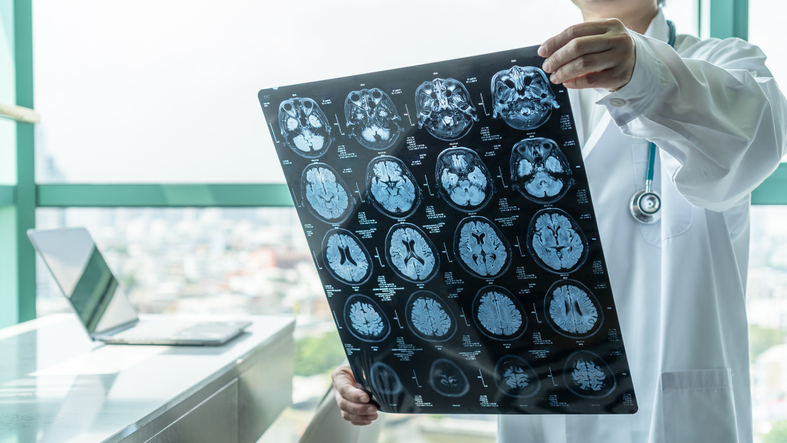June 30, 2022

As Americans, we comprise only 5% of the world’s population but we consume 50% of the major pharmaceuticals. A study in the journal Mayo Clinic Proceedings found that seven out of 10 Americans take at least one prescription drug. One in five Americans are on at least five prescription medications. In 2021, we spent $1,011 per person on these drugs. We spend 306.82% more on drugs than the rest of the world.
With longer lives comes greater risk
Unquestionably, the greatest achievement of medicine and public health was the increase in life expectancy in the 20th century. In 1900 Life expectancy was only 47.3 years. Today it is 78.7 years. From 1960 to 2000 deaths from coronary heart disease and stroke dropped by two thirds. The drugs that were taken for these illnesses are a major part of the success. The decline in smoking, increased physical activity and improved control of diabetes were also significant factors. The battle against heart disease and stroke has been successful. However, heart disease remains the leading cause of death, followed by cancer. The major risk of death for anyone over 65 is cancer or dementia.
Each birthday beyond 65 comes with an increased risk of dementia. People aged between 65 and 69 have a 2% chance of having dementia. The risk doubles every five years. Unfortunately, one out of three people in their 90s will have dementia.
There is some good news. The proportion of adults age 70 and older with dementia declined from 13% in 2011 to 10% in 2019. The probable source of this decline was a cohort of older adults who were better educated, healthier and more active. However, as the baby boomer population ages, more than 9 million Americans could have dementia by 2030 and nearly 12 million by 2040. This statistic continues to propel pharmaceutical companies to invest billions in research.
The possibility that the pharmaceutical industry will find miracle drugs for dementia is very remote. The failure rate for Alzheimer’s disease drugs is an astonishing 99.6%, compared with 81% for cancer. Of 413 different Alzheimer’s drugs tested, an MIT Technology Review article found that they showed no benefits for patients.
The challenge of diagnosing dementia
While the vast majority of research and clinical trials has focused on Alzheimer’s disease, it is critical to remember that there are over 50 different causes of dementia. The graveyard of dementia research may be due in part to the difficulty of accurately and definitively diagnosing Alzheimer’s disease.
In 1977, I concluded my post graduate research on Alzheimer’s Disease. In clinical practice throughout the 1980s, I felt confident about diagnosing Alzheimer’s disease. However, in the early ‘90s significant autopsy research found no correlation between a hallmark of Alzheimer’s disease (beta-amyloid plaques) and the development of dementia. Studies showed that in identical twins who had the genetic marker apolipoprotein E (APOE), its presence did not affect both twins with dementia. Increasing evidence worldwide found that fewer than one-third of late-life dementia patients had Alzheimer’s pathology.
As a result of this diminished clinical certainty, I have not made a definitive diagnosis of Alzheimer’s disease for over 20 years. The best I can do is to say there is a mixed pathology of vascular and Alzheimer’s dementia or probable Alzheimer’s dementia.
Benefits of current medications are “marginal”
Perhaps the reason for the failure of hundreds of drug studies that focus on beta-amyloid is that the plaques formed are a byproduct and not the cause of the disease. Alternatively, many of the research subjects may not have had Alzheimer’s disease. Many drug companies have abandoned their search for a treatment related to beta-amyloid. They are now refocusing on another of the hallmarks of Alzheimer’s pathology, the neuronal protein tau.
What about the medications that are approved to treat Alzheimer’s disease and other dementias? The most widely prescribed are drugs that are supposed to increase the neurotransmitter acetylcholine in the brain. The brand names are Aricept, Razadyne and Exelon. The other most widely prescribed brand name drug is Namenda. It is supposed to decrease the effect of the neurotransmitter glutamate.
A review of the scientific evidence concluded that the effects of these drugs were at best “clinically marginal.” The most common side effects for these medications are nausea, diarrhea, and dizziness. Patients can also experience slowed heart rate, headaches and sleep changes. In consideration of the side effects, unproven benefits and cost of these drugs, I don’t prescribe them.
What we do know: risk factors
A half a century ago English physicians Tomlinson and Blessed proved that senility was not a normal part of aging but a disease process we are all too familiar with and afraid of—Alzheimer’s. The human brain is in an unimaginably complex and difficult place to test and deliver drugs to. We know less about the biological processes of dementias like Alzheimer’s disease than we do about cancer.
We need to stop hoping and anxiously waiting for the miracle cure or treatment. At best, it won’t come for decades. We know the risk factors for, and the actions that need to be taken to prevent, dementia. Having an intellectual curiosity, family and social relationships a healthy diet and regular physical activity, plus limiting alcohol, remain our most important and effective defense against dementia.
